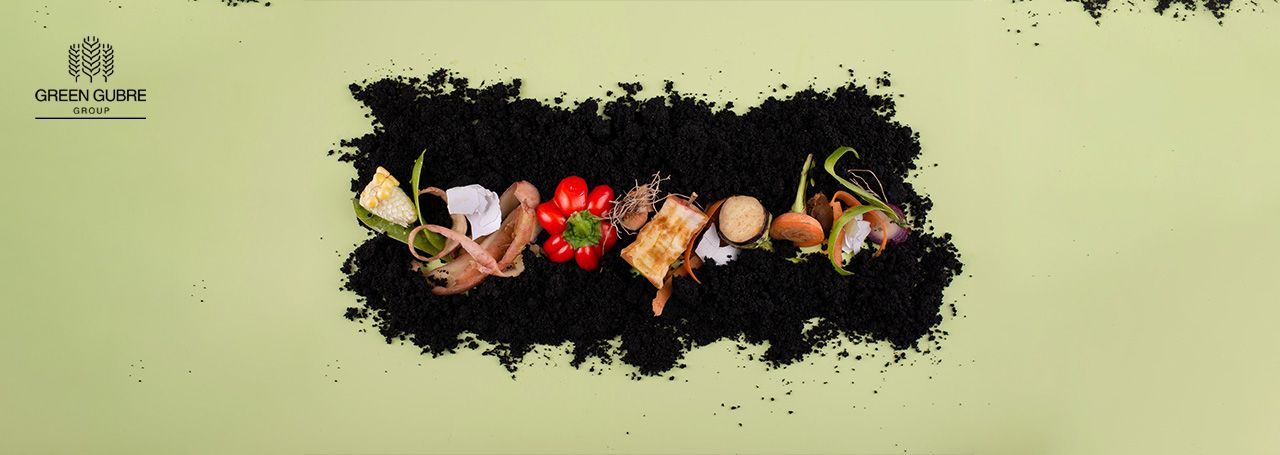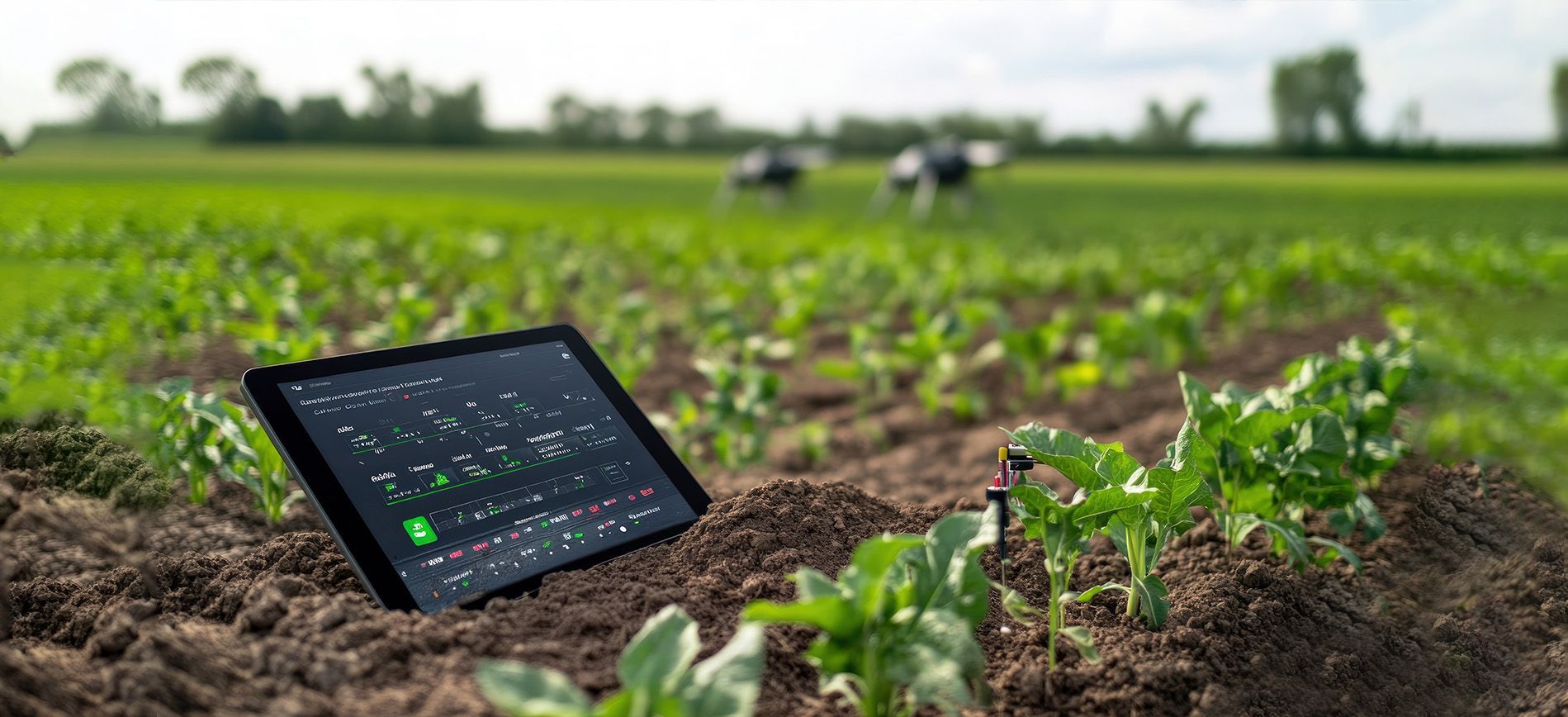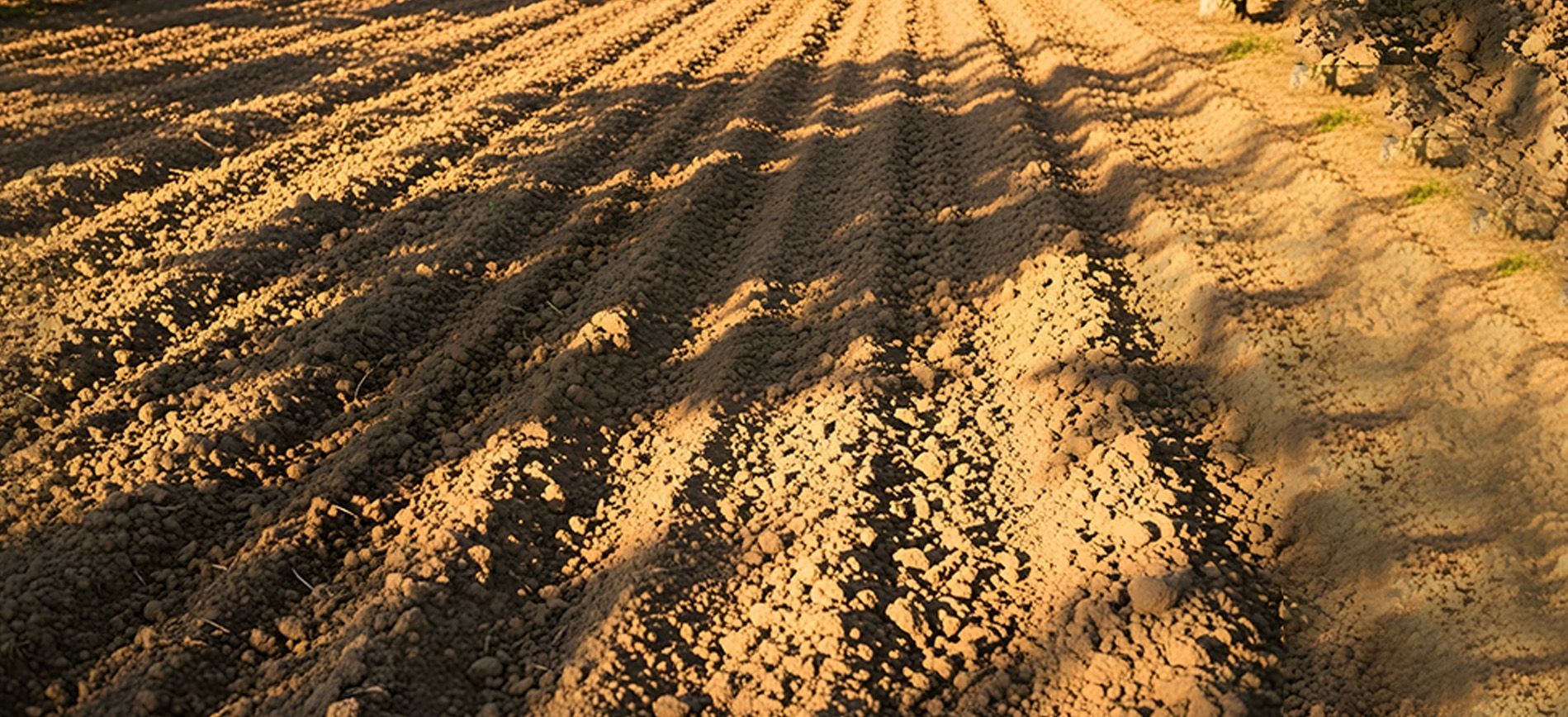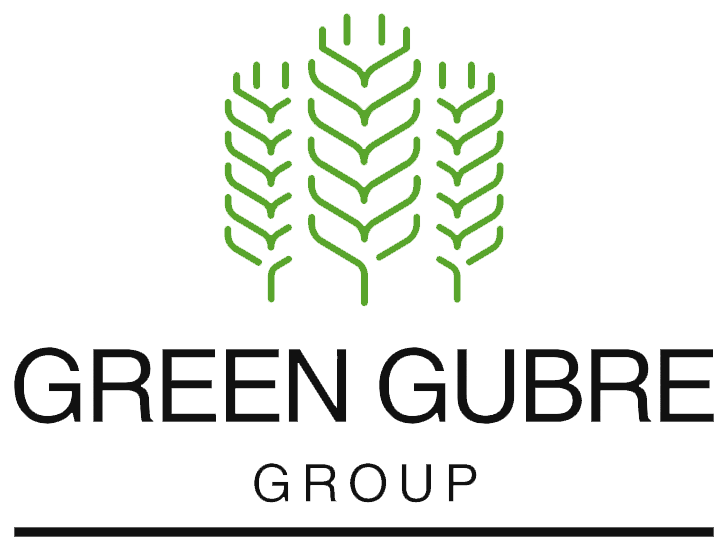Blended Fertilizers and Food Security in South Asia – A Growing Dependence
Blended Fertilizers and Food Security in South Asia – A Growing Dependence

Introduction: Fertilizer Dependency in a Food-Insecure Region
South Asia, home to over 1.8 billion people, faces growing pressure to increase agricultural productivity while managing limited arable land and rising climate vulnerabilities. Countries like Bangladesh, Nepal, and Pakistan increasingly depend on blended fertilizers—particularly NPK formulations—to meet crop-specific nutrient needs. These nations rely heavily on imports and government subsidies to secure their fertilizer supply and stabilize food production.
This blog examines the region’s rising demand for NPK, the challenges of fertilizer access, and the policy frameworks that shape the agricultural landscape.
1. NPK Fertilizer: The Crucial Element in South Asian Crop Nutrition
In South Asia, staple crops like rice, wheat, sugarcane, and maize require balanced macronutrient input:
- Nitrogen (N): Key for leafy growth, primarily sourced from urea and ammonium-based fertilizers.
- Phosphorus (P): Supports root development and flowering.
- Potassium (K): Enhances drought resistance, disease tolerance, and grain filling.
Blended NPK fertilizers deliver these nutrients in optimal ratios. For example:
- 10-26-26 or 15-15-15 for rice and wheat
- 20-20-0 for sugarcane
- Custom micronutrient blends for high-value vegetables and fruits.
2. Bangladesh: Strong Policy Support Amid Import Dependence
Bangladesh imports more than 90% of its phosphate and potash, with most nitrogen (urea) locally produced via state-owned firms like Jamuna and BCIC. However, domestic blending capacity for NPK is limited, pushing the country to:
- Encourage joint ventures with international producers
- Expand public distribution networks
- Implement the
Digital Fertilizer Management System (DFMS), a state-of-the-art technology that monitors fertilizer distribution and prevents hoarding, thereby ensuring fair and efficient distribution.
The government also maintains fertilizer subsidies to protect smallholder farmers from volatile global prices.
3. Nepal: Fertilizer Access Through Public Procurement
Nepal has no domestic fertilizer production and relies entirely on imports, primarily from India, under government-to-government agreements. Key challenges include:
- Chronic shortages during planting seasons
- Transportation issues in mountainous terrain
- Dependence on a
single supplier country
To address this, Nepal has initiated:
- Fertilizer blending trials in partnership with local cooperatives
- Calls for private sector participation in distribution and retailing
- Plans to establish a
state-owned fertilizer plant
4. Pakistan: NPK Expansion Under Agriculture-Led Growth
Pakistan produces a significant share of its urea, but imports P and K components for NPK blends. Major producers like Engro Fertilizers and Fatima Group are investing in advanced blending units to meet the demand for:
- Balanced NPK for wheat, rice, and cotton
- Sulfur- and zinc-enriched fertilizers for maize and horticulture
Government initiatives such as the Kissan Card and National Fertilizer Subsidy Scheme have improved farmer access to fertilizers, though subsidy disbursement remains inefficient.
🔗Pakistan Ministry of National Food Security – Fertilizer Policy Updates
5. Strategic Risks and Resilience Needs: Understanding the Challenges
The region’s growing dependence on imports—particularly from politically volatile or logistically distant sources—raises several concerns:
- Price volatility due to global supply shocks
- Geopolitical risk, especially during maritime disruptions
- Vulnerability to
currency fluctuations and fertilizer inflation
Solutions lie in:
- Strengthening regional fertilizer cooperation
- Expanding blending capacity
- Investing in
digital monitoring systems to track distribution
Green Gubre Group: Delivering Blended Solutions for South Asia
At Green Gubre Group, we recognize the unique fertilizer needs of South Asian countries and provide:
- Customized NPK blends for rice, wheat, and specialty crops
- Support for bulk import and inland distribution
- Advisory on
procurement planning and market monitoring
Our commitment is unwavering. We are dedicated to
supporting regional food security through reliable supply, flexible packaging, and region-specific nutrient strategies.
References
- FAO – Fertilizer Use by Crop in South Asia
- World Bank – Bangladesh Fertilizer Sector Review
- IFDC – Nepal Fertilizer Sector Development
- Pakistan Ministry of National Food Security – Fertilizer Policy
- ICIS – Asia Fertilizer Market Volatility Analysis




